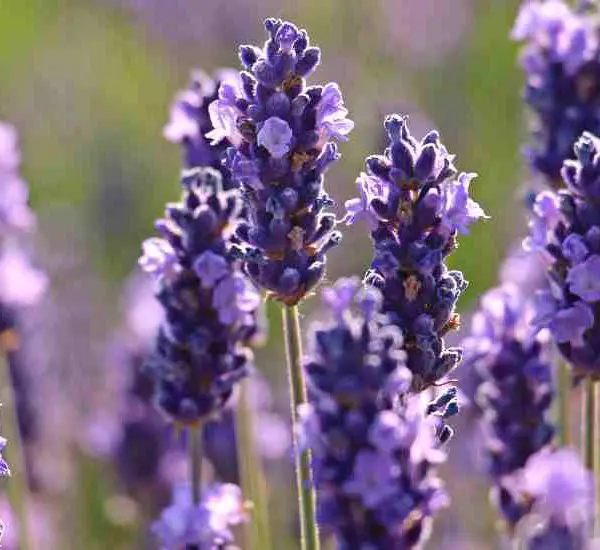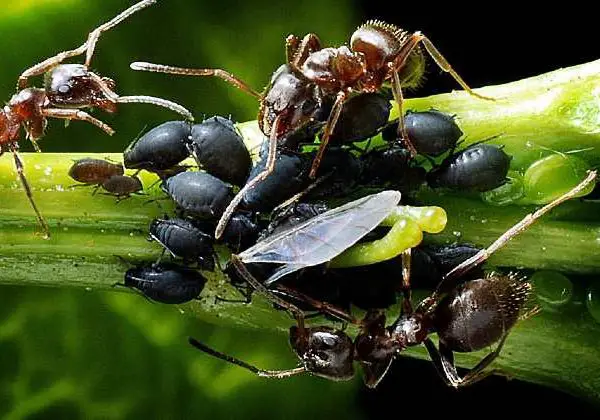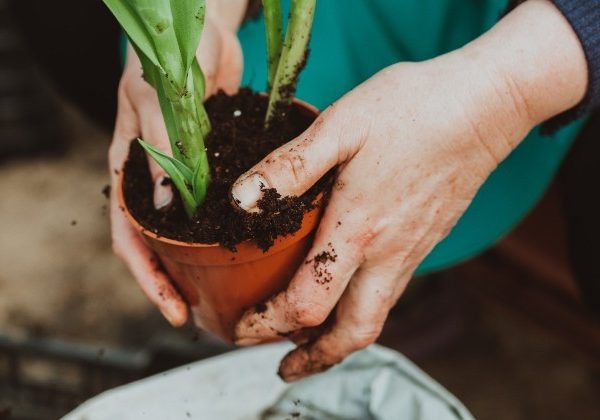Many gardeners know that peonies require pruning after they bloom, but not everyone does it correctly. Pruning peonies after flowering is crucial for extending next year’s blooming season and ensuring robust flower growth. Let’s explore the best time and methods to prune peonies for the benefit of your plants.
When to Prune Peonies After Flowering
Experienced gardeners advise waiting 3-4 weeks after flowering before pruning peonies. This typically falls in early to mid-July, when the stems start to bend towards the ground. During this period, the plant stores essential nutrients and develops new buds that will bloom next year. Pruning too early can deprive the plant of these resources it gathers through photosynthesis.
Additional Steps After Peonies Bloom
Pruning isn’t the only care peonies need after blooming. Start by removing wilted flowers and cleaning the area around the plant. It’s beneficial to water the soil and consider feeding the peonies with organic fertilizer if possible. Adequate watering is also crucial for encouraging new bud growth. Once these tasks are done, you can proceed with pruning the bushes.
Correct Pruning Technique
Before pruning, consider the age of your peonies. For younger bushes under 10 years old, pruning is most effective.
The method of pruning peonies depends on their type:
- Herbaceous peonies: Cut these almost entirely, leaving about 2-3 cm of stems above the ground.
- Tree peonies: These bloom from last year’s buds and require less severe pruning. Focus on removing diseased, old, or damaged branches. Trim faded buds two shoots below the flower.
By correctly pruning peonies after flowering, you promote their health and ensure a lush display of flowers in the next season.



